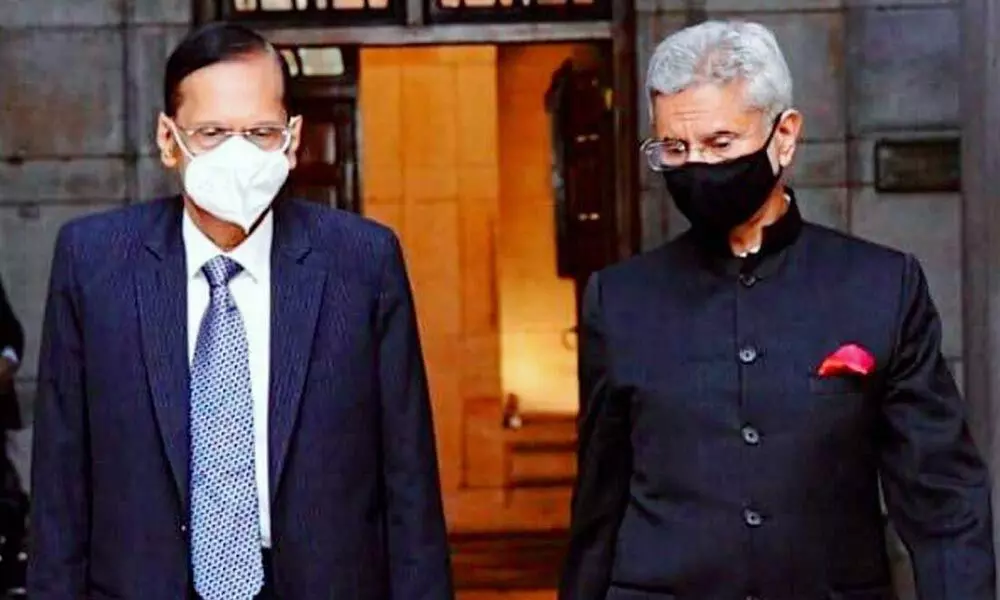Can India-Sri Lanka energy cooperation renew old ties?
India and Sri Lanka, late last week, signed an agreement for developing a 100 megawatt solar power plant in the island nation’s eastern port district of Trincomalee, as part of the efforts to strengthen bilateral economic partnership, including through cooperation in the renewable energy sector.
image for illustrative purpose

India and Sri Lanka, late last week, signed an agreement for developing a 100 megawatt solar power plant in the island nation's eastern port district of Trincomalee, as part of the efforts to strengthen bilateral economic partnership, including through cooperation in the renewable energy sector. But besides the government to government collaboration, this particular project is expected to open new vistas and foster cooperation and collaboration between private players of the two neighbouring countries in renewable energy space, to start with. At least that's what sector experts think. Significantly, there is already significant interest among the private sector on both sides for cooperation in renewable energy which is likely to increase in the coming years.
And this expectation of a higher private-private cooperation is not without a reason. Mind you that the Sri Lankan President Gotabaya Rajapaksa has already announced their plans to go green, and how they are working extensively to make it happen. Steadily, Sri Lanka is getting closer to the goal of 70 per cent renewable energy by 2030. India has become the first country to partner with Sri Lanka in fulfilling the vision of the President of Sri Lanka, Gotabaya Rajapaksa, to ensure that 70 per cent of Sri Lanka's national power requirements are fulfilled by renewable energy sources by 2030. Thus far as many as 89 countries, including Sri Lanka, have signed the Framework Agreement of the ISA, which intends to bring together countries to promote the large-scale deployment of solar energy and overcome challenges related to technology, finance and capacity. No government, alone can make it happen and active participation of the private sector is a must to translate this dream into action.
A 2013 agreement with NTPC to build a thermal power plant in Sampur was later abandoned. But that's a thing of the past for both the countries now. The 100 megawatt solar power plant at Sampur to be put up by the Trincomalee Power Company Limited (TPCL) a joint venture between National Thermal Power Corporation (NTPC) Limited from India and the Ceylon Electricity Board (CEB), is just the beginning of a long journey in the renewable energy space. India's cooperation with Sri Lanka in this domain will only become stronger with the implementation of the $100 million Line of Credit offered by India to Sri Lanka for development of solar power projects.
Interestingly, the development has come at a time when Sri Lanka is facing its all-time worst foreign exchange crisis after the pandemic hit the nation's earnings from tourism and remittances. In recent months, the public has experienced a shortage of many essentials due to the foreign exchange crisis. Import restrictions to save dollars have threatened cooking gas and fuel supplies in addition to the looming power cuts. Recently, Sri Lanka has also finalised a long-pending agreement for the joint development of the Trincomalee oil tank farms between Ceylon Petroleum Corporation and Lanka IOC, a subisdiary of the Indian Oil Corporation.

